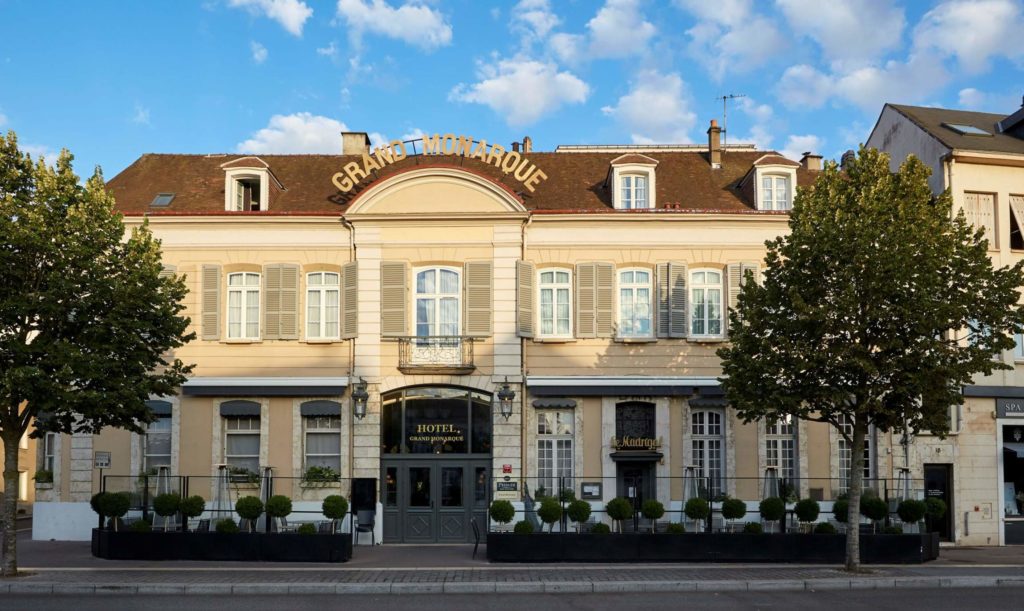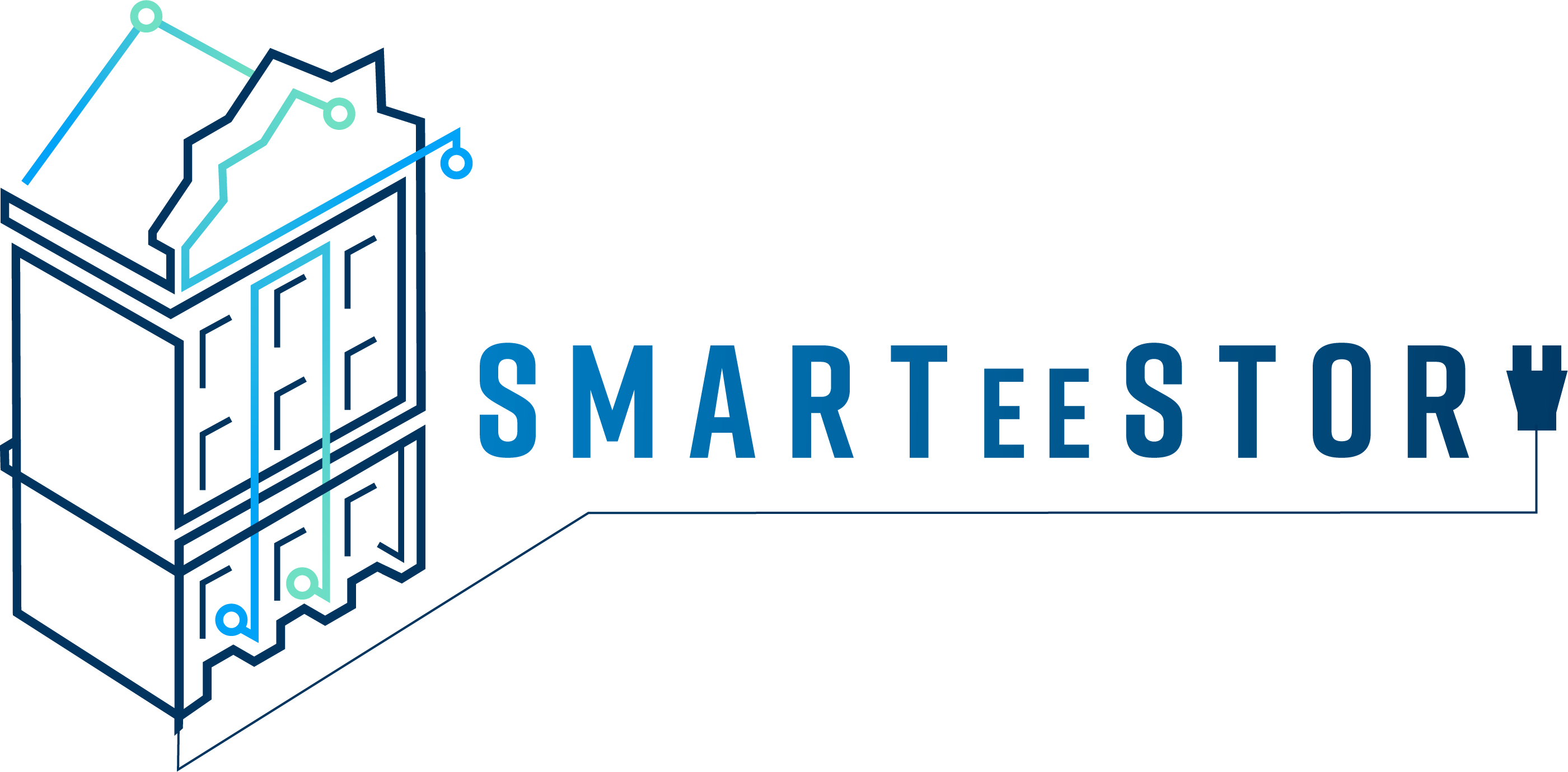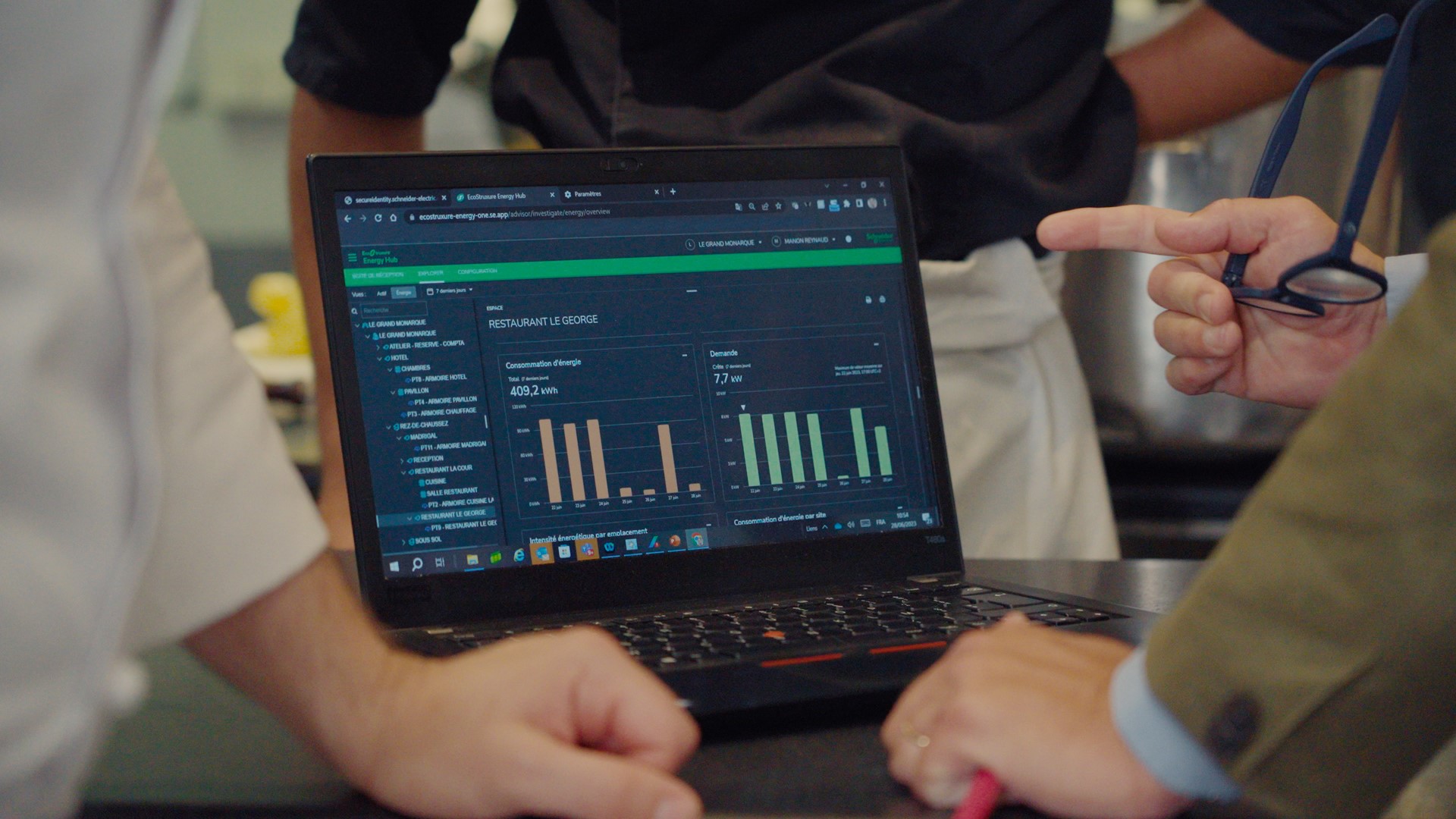The retrofitting of historic buildings plays a key role in the development of a comprehensive EU approach to the decarbonization of buildings. A central challenge is to improve energy efficiency and sustainability through the comprehensive use of Building Management Systems (BMS). This approach to retrofitting historic buildings is based on a commitment to preserve the architectural integrity of these buildings while incorporating modern technologies that meet current energy standards.
Case Study: Schneider Electric’s EcoStruxure™ Platform
Schneider Electric's EcoStruxure™ Building Operation platform serves this purpose. It is a comprehensive BMS that provides seamless integration, visibility, and control across different building systems. The platform is designed to optimize energy consumption, improve operational efficiency, and ensure occupant comfort. By leveraging open, scalable, data-centric solutions, historic building owners can achieve significant energy savings and reduce their carbon footprint.
A notable example of a historic building renovation by BMS is the renovation of the Grand Monarch, a 600-year-old hotel in Chartres, France. The historic hotel began its decarbonization journey with a goal of achieving 15% energy savings within six months. The project included the use of EcoStruxure, which provided the hotel with insights and monitoring into energy consumption. These insights enabled hotel managers to make informed operational changes that led to significant energy savings.

Tailored Solutions and Commitment to Sustainability
The Grand Monarque renovation project highlights the possibility of finding tailor-made solutions for the specific needs of historic buildings. This approach involves conducting comprehensive energy audits, such as the Smart Readiness Indicator (SRI), to identify areas for optimization and implement targeted measures. In the case of the Grand Monarque, the light measures strategy focused on optimizing existing systems with minimal disruption, demonstrating real possibilities to respect the operational and cultural importance of historic buildings.
Schneider Electric's commitment to sustainability is further demonstrated by its partnerships with leading sustainability certifications such as LEED Historic Building and BREEAM in use. These certifications confirm the company's commitment to promoting responsible practices and achieving high environmental standards in the renovation of historic buildings. Building automation and control systems (BACS), building information modelling (BIM) and digital twins play a central role in supporting the energy and digitalization transition in the building sector, which accounts for 36% of Europe’s greenhouse gas emissions. These technologies improve buildings’ energy management and optimize maintenance, efficiency and sustainability. However, adopting BACS and digital models requires specialized training as well as overcoming methodological, integration and data management challenges.
In conclusion, the “decarbonize through digitalization” approach to the renovation of historic buildings is characterized by an innovative use of BMS, a tailored renovation strategy and a commitment to sustainability. The successful renovation of the Grand Monarch is a testament to the company’s ability to achieve significant energy savings and improve the sustainability of historic buildings whilst preserving architectural heritage.
Learn more about the renovations and interventions done at Le Grande Monarque: How a historic hotel achieved a 15% energy reduction in 6 months | Schneider Electric
Author: Sara Silvestro, Schneider Electric
Cover Photo credits: Schneider Electric



